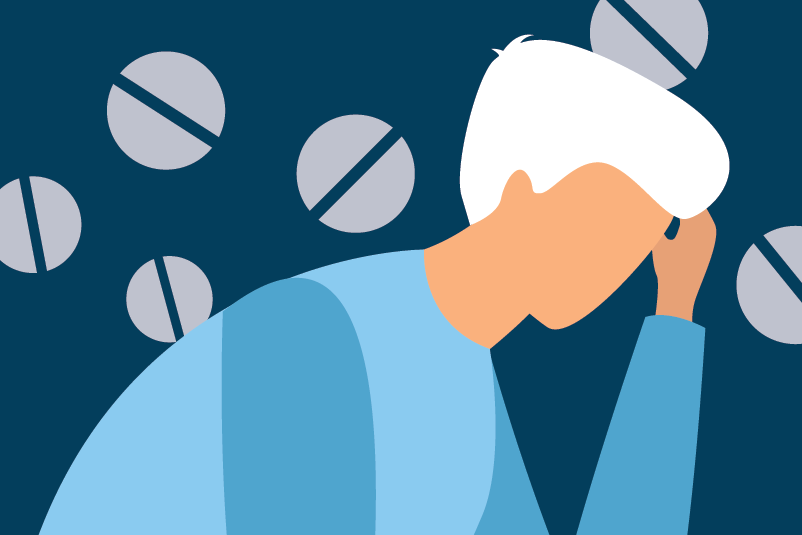#223 Buprenorphine-Naloxone (Suboxone®) for Pharmaceutical Opioid Use Disorder

Reading Tools for Practice Article can earn you MainPro+ Credits
Join NowAlready a CFPCLearn Member? Log in
- Comparing buprenorphine to detoxification and/or psychological treatment:
- Retention in treatment (three RCTs, 247 patients): 75% versus 26% control, Number Needed to Treat (NNT)=3.
- Self-reported substance use (three RCTs, 204 patients): 37% versus 60% control, NNT=5.
- End of treatment opioid-positive drug screen (three RCTs, 206 patients): 40% versus 61% control, NNT=5.
- No difference: Days of unsanctioned opioid use or drug-related risk behaviours.
- Unspecified adverse effects (one RCT, 53 patients): 0% versus 8% control.
- Comparing buprenorphine to methadone:
- No difference: Retention in treatment, substance use, risk behaviours, health scales or adverse effects.
- No data on mortality, quality of life, function, or overdose reported.1
- Limitations: All RCTs open-label; high drop-out rates; one study only included illicit buprenorphine users.
- Systematic review (five RCTs):
- No opioid-related deaths (four RCTs);2
- Four deaths (placebo) versus zero (buprenorphine) after one year (one RCT, 40 patients).2,3
- Versus methadone: No difference in mortality (one RCT, secondary analysis).4
- Adding naloxone (an opioid antagonist) to buprenorphine has little impact orally due to poor absorption but can cause withdrawal if crushed for IV use.5
- In Ontario, 33% of people with opioid-related death had active opioid prescriptions.6
- 58% of those had only prescribed opioids on post-mortem toxicology.6
- Observational studies (included heroin users and multiple confounders) report:
- Decreased mortality with opioid agonist therapy.7,8
- Lower mortality with buprenorphine/naloxone compared to methadone.9
- In heroin users, methadone results in more treatment retention than buprenorphine, NNT=4-10 at 12-24 weeks.2,10
- Buprenorphine/naloxone dosing information available online.11














